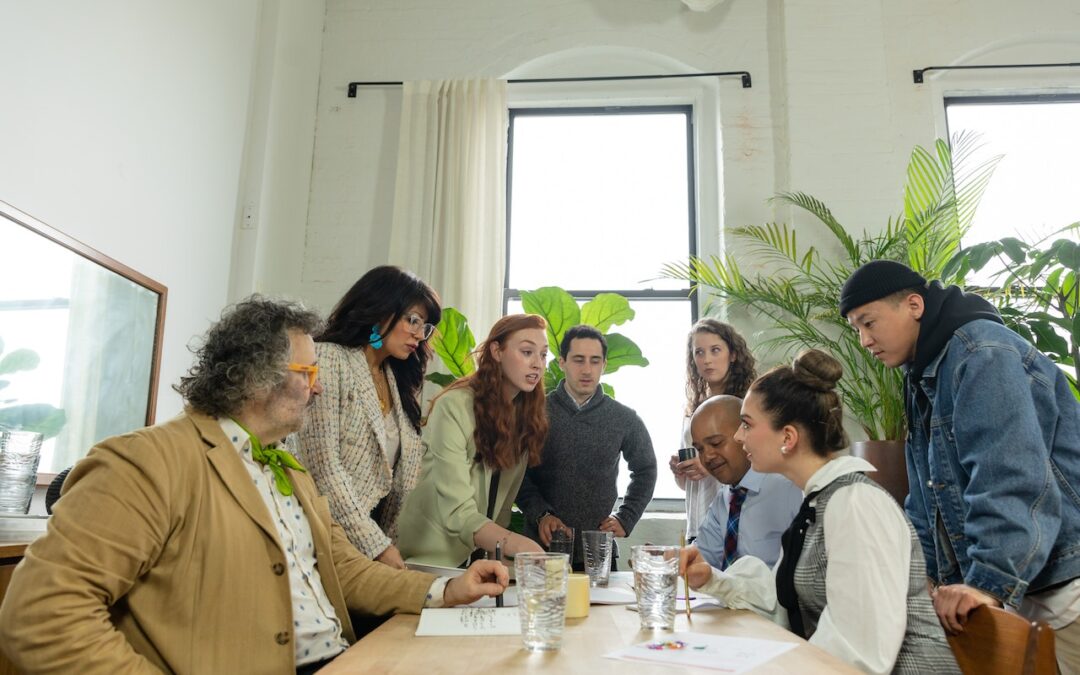Know. Your. Customer.
It’s lesson one on day one of journalism school, but it applies equally to pretty much any business or public service or anything in life really. The ‘customer’ can go by many names; buyer, seller, audience, user, reader, electorate, whatever, but knowing who they are, what they want and expect from you and how to tailor what you do to make them happy is the key to success in everything. Don’t let anyone tell you different.
The most visible difference between most ‘influencers’ and actual people who have influence is that the former present their own agenda and expect you to like it, where the latter understand exactly what their ‘customers’ want and tailor their message to suit.
If you want a simple example of this, look back at the TV coverage of the recent Glastonbury festival. Noel Gallagher came on stage and smugly announced that he’d be playing a lot of songs that most of the audience wouldn’t like and he didn’t care.
A couple of hours later Paul McCartney wasn’t quite as rude but he did exactly the same – playing a lot of songs to a festival audience that clearly were important to him, but not what the audience came to see.
If this had been a Noel Gallagher or Paul McCartney gig where the audience had specifically paid to see that artist, it would make perfect sense. Here’s the stuff you love and some new songs that you’ll appreciate because you’re a fan. All good artists do that – this year’s new songs become next year’s singalong classics.
But a festival audience is different. Some will have come to see a specific act, but only have a passing knowledge of most of the bands who are playing. What they want is a jukebox of greatest hits from the variety of artists on the bill. Something that keeps them singing along, dancing and happy. In that environment, playing half an hour of new material is the wrong move.
Both the above acts eventually gave the audience what they wanted and because they are superstars they mostly got away with it. But thy could have been even better. Back in 1985, when Queen played Live Aid their set became legendary because the band realised they had just 20 minutes and proceeded to cram as many of their hits into that slot as they could possibly manage. 36 years later, people still talk about Queen at Live Aid.
All of our businesses are the same. Read the room before you make any communication. Ask yourself ‘who will see this, what do they want from me and how do I deliver that clearly in a way they will love?’ What are the questions your customers need answering, how can you help them enjoy that thing more, what can you tell them that no one else can?
Give them your greatest hits, don’t make them work for it and don’t be afraid to change what you do depending on the audience or platform you are on today. Fifteen minutes thought and planning will help your message hit the spot.
And whatever you do, don’t be like Noel and tell your audience ‘I know what you want but you’ll have to put up with me pleasing my ego before you get it.’
It doesn’t work for superstars and it definitely won’t work for you.






